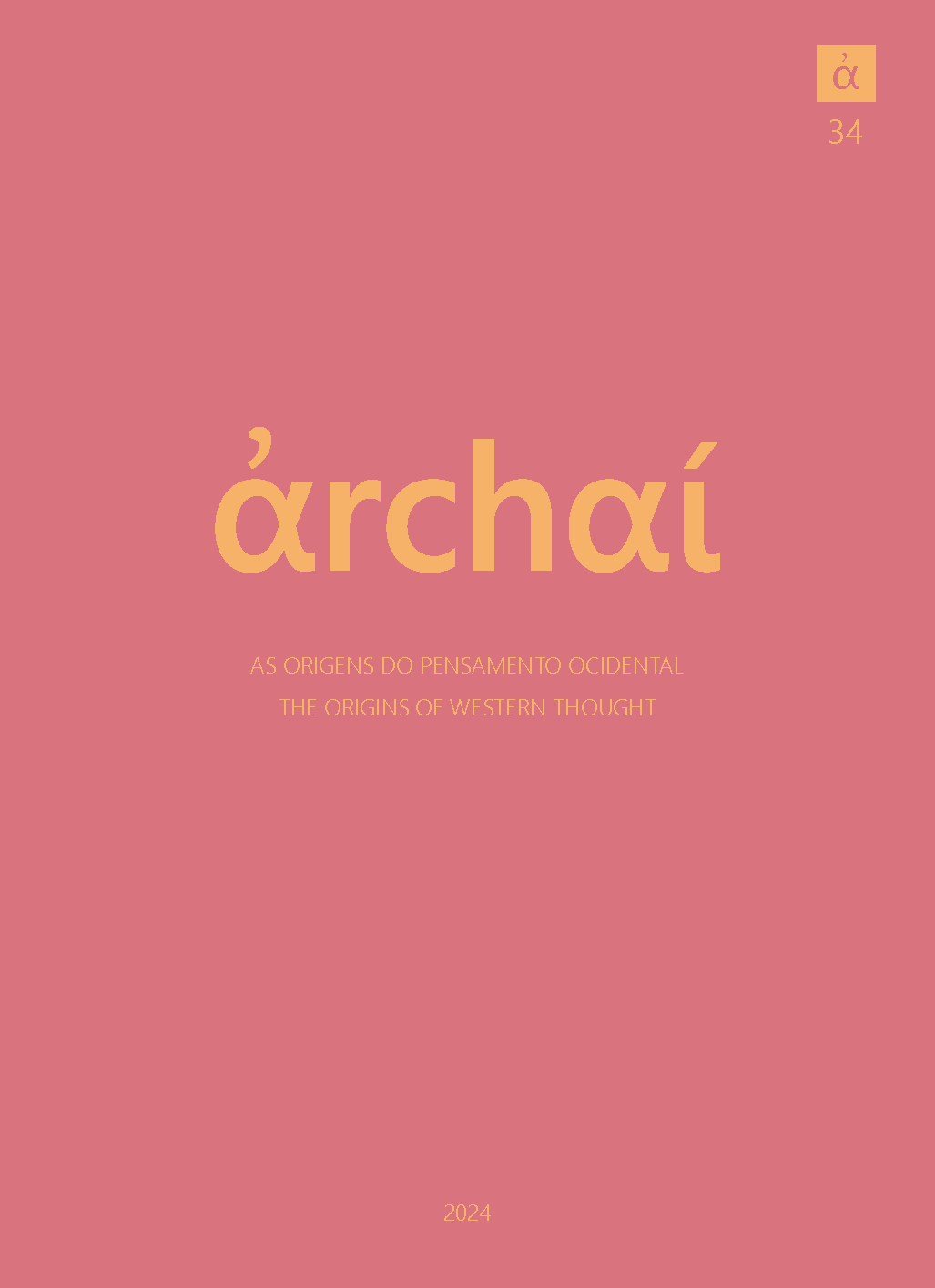False Pleasures, Good Friendships
DOI:
https://doi.org/10.14195/1984-249X_34_12Keywords:
Friendship, Virtue, Utility, Pleasure, EthicsAbstract
In this paper, we aim to explore Aristotle’s analysis of friendship by examining its three objects of friendship - virtue, utility, and pleasure. We will also explain why these three objects of friendship pose a challenge to defining friendship as a common and singular entity, namely, as a reciprocal and conscious benevolence that has practical effects. It is shown that the objects of friendship are part and parcel of the kind of personal relationship friendship is, making it impossible to provide a common definition.
References
CURZER, H. (2012). Aristotle and the Virtues Oxford, Oxford University Press.
FORTENBAUGH, W. (1975). Aristotle’s Analysis of Friendship: Function and Analogy, Resemblance, and Focal Meaning. Phronesis 20, n. 1, p. 51-62.
FREDE, D. (1985). Rumpelstilskin’s Pleasures: True and False Pleasure in Plato’s Philebus. Phronesis 30, n. 2, p. 151-180.
IRWIN, T. (1985). Aristotle’s Conception of Morality. Proceedings of the Boston Area Colloquium in Ancient Philosophy 1, p. 115-143.
IRWIN, T. (2007). The Development of Ethics - vol. I: From Socrates to the Reformation Oxford, Oxford University Press .
JOACHIM, H. (1951). Aristotle - The Nicomachean Ethics Oxford, Oxford University Press .
MUNIZ, F. (2014). Propositional Pleasures in Plato’s Philebus. Journal of Ancient Philosophy 8, n. 1, p. 49-75.
PENNER, T.; ROWE, C. (2005). Plato’s Lysis Cambridge, Cambridge University Press.
ROTH, M. (1995). Did Plato nod? Some conjectures on Egoism and Friendship in the Lysis. Archiv für Geschichte der Philosophie 77, n. 1, p. 1-20.
ZINGANO, M. (2015). Friendship and the Conceptual Unity in the Eudemian Ethics and the Nicomachean Ethics. Apeiron 48, n.2, p. 195-219.
Downloads
Published
Issue
Section
License
Copyright (c) 2024 Marco Zingano

This work is licensed under a Creative Commons Attribution 4.0 International License.
Given the public access policy of the journal, the use of the published texts is free, with the obligation of recognizing the original authorship and the first publication in this journal. The authors of the published contributions are entirely and exclusively responsible for their contents.
1. The authors authorize the publication of the article in this journal.
2. The authors guarantee that the contribution is original, and take full responsibility for its content in case of impugnation by third parties.
3. The authors guarantee that the contribution is not under evaluation in another journal.
4. The authors keep the copyright and convey to the journal the right of first publication, the work being licensed under a Creative Commons Attribution License-BY.
5. The authors are allowed and stimulated to publicize and distribute their work on-line after the publication in the journal.
6. The authors of the approved works authorize the journal to distribute their content, after publication, for reproduction in content indexes, virtual libraries and similars.
7. The editors reserve the right to make adjustments to the text and to adequate the article to the editorial rules of the journal.



